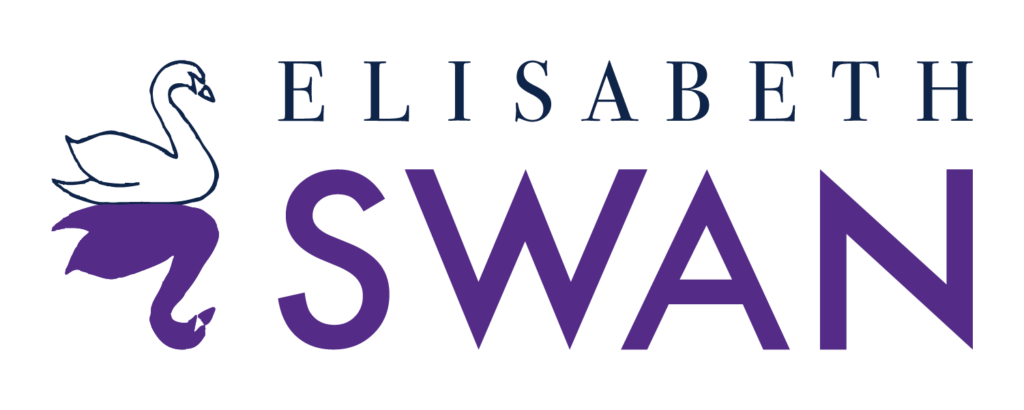I recently coached a physician trying to remove the gap between her patient consults and a resulting procedure. The procedure takes under ten minutes, and in most cases, she’s in a position to complete it immediately following the consult. Instead, patients have to apply for approvals which require scheduling a second appointment. This process hiccup often results in substantial delays with patients remaining at risk for months.
The catch? She assumed the approvals were required by insurance—and then she checked. It turns out only one insurer requires prior approval, not all of them. In most cases, it’s her and her staff inserting unnecessary delays. She discovered this after turning the problem into a project and signing up for Lean Six Sigma (process improvement) training. She assumed she’d be doing battle with bureaucrats and insurers. She had no idea she was a root cause. She was delighted with the results of her investigation—she found a problem she knew she could fix.
The Sump of Assumptions
People make a lot of assumptions when it comes to what’s possible in process improvement. I’m always fascinated with what holds them back. In my experience, people invent self-made roadblocks—rules and restrictions—that no one gave them. Some of them are real: the queue for IT fixes takes over five months—fair enough. But some of them are made up. There are old classics like, “we can’t do that because of SOX compliance.” I distinctly recall the era when the Sarbanes-Oxley Act became a catch-all impediment to change.
There’s also, “We’re not allowed to do that because of Reg-23” or some other power-wielding regulation that no one ever seemed to have read. Upon closer inspection, the reality generally turned out to be less of an obstacle than originally imagined.
What if we assumed there were zero obstacles? There’s a famous case where people adopted an attitude of unrestrained freedom—and it’s worth studying for clues to overcoming self-limiting assumptions.
The Secret of the Plywood Palace
M.I.T.’s infamous Building 20 was slapped together during WWII to temporarily house scientists. The awkward, cramped layout and shoddy construction made for sweltering summer nights and freezing winter days. They kept meaning to tear it down, but a strange thing happened—it spawned an enduring innovation explosion.
Bose speakers, the first video game, radar systems, and high-speed photography were all invented there, to name only a few game-changers. Why did this all come out of the “Plywood Palace” as it was known? People who’ve studied the conditions focus on the fact that it was an unwanted and under-designed space. There were precious few assumptions about what might be disallowed. The building violated the fire code, but the city gave it a pass. If there were any regulations, no one thought about them.
People felt free to knock down walls, remove floors, attach things to the roof, and poke holes without asking for permission. They treated the building like a test lab. Another factor at play was disparate groups and solitary scientists being thrown together. Scientists, students, and military recruiting officers, among others, regularly ran into each other in endless hallways. The building’s disorganized structure prevented the classic silos that are endemic to modern businesses. There seemed to be an absence of limiting assumptions for all who entered Building 20. Short of advocating we work in firetraps, what can we take away?
What Can We Learn?
Continuous improvement promotes experimentation and temporary countermeasures as a means to improve processes. It’s the science-project aspect that connects process improvement to Building 20. If we take analogies from M.I.T.’s experience, we can explore ways to reduce the impact of limiting assumptions.
Inquiry is the secret sauce, so the first place to focus is challenging questions:
- Could policies change?
- Are we limited to our current suppliers?
- Who established the Service Level Agreements (SLAs) for customers? Were customers involved?
- Have we surfaced the issue with people upstream, downstream, or in other silos?
- Have we included people who are not involved in the process—new eyes?
- Can we change the layout?
- Does the process have to live where it is?
- How much of this process do we truly need?
These are just a starter set, but it’s important to pose challenging questions like these when people engage in process change. What questions would you ask? What inspires us to imagine what’s possible? Fostering the sense that the current process is temporary can give rise to “new best ways” and bolster the innovator’s mindset. Building 20 is gone, but its legacy and lessons live on.


